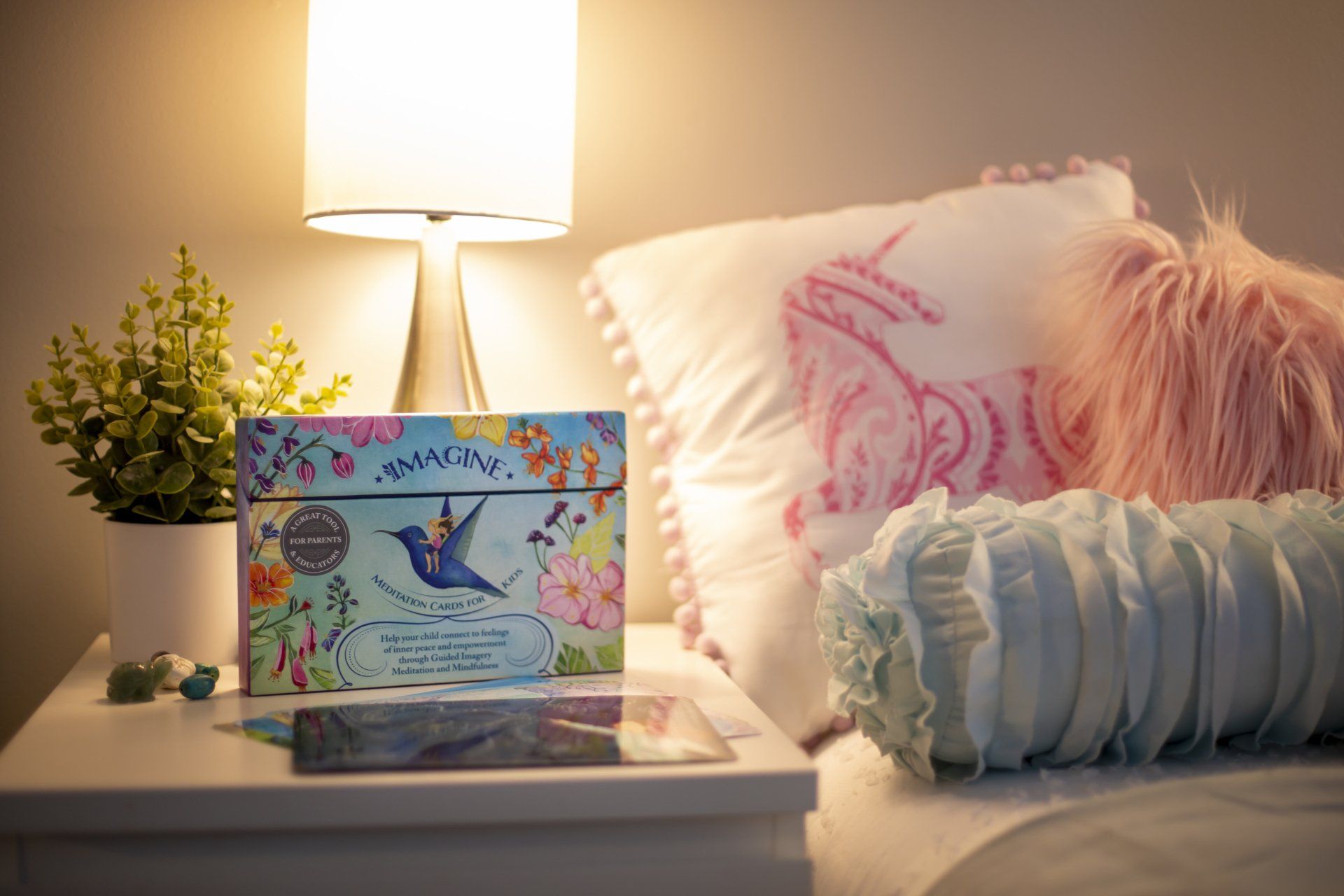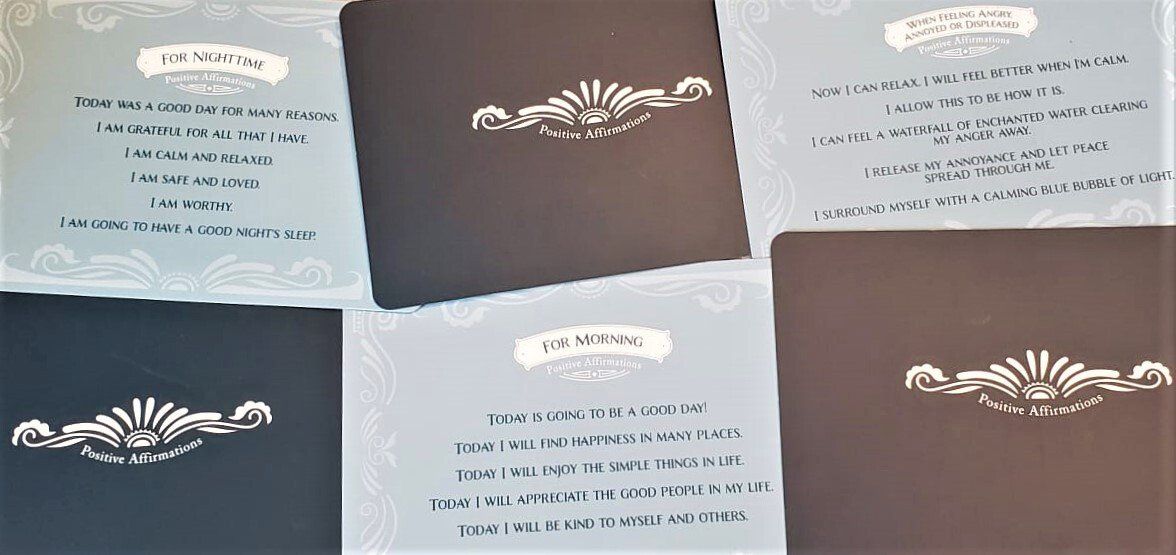About Our New Imagine Meditation Kit for Kids
The last few days have been so exciting with the launch of our new Imagine Meditation Kit for Kids.
Upon reflection, the pandemic has forced so many changes on everyone’s day-to-day life. In my case, it’s had a drastic effect on in-person sessions and children’s meditation groups, which got put on pause for quite a while.
In fact, everything seemed to be put on pause. But then I realized, with all these “at home” days, it would be a great opportunity to kick off Imagine Meditation’s next big project!
Behind the Scenes: Creating the Kit
My first step was to start drafting all the new meditation scripts.
As inspiration, I began thinking of the positive feelings I hoped to promote in these texts, as well as ways of making them feel vivid and real through guided imagery.
This process was such a delight! I found that the more I focused on peaceful and enlightening imagery, the more fluent I became in writing and dreaming up new ideas.
A Spotlight on the Senses
As the scripts came together one by one, I let my intuition guide me, no matter where it led.
One notion in particular that fascinated me was emphasizing the five senses and inspiring kids to connect to their own senses.
So, I chose to dedicate one full meditation to each of the five senses, taking the time to consider how best to capture the experience through the imagination.
And, of course, I had to include just one more script to explore the sixth sense as well. : )
Focusing on Positivity
Another notion I had was to play around with alternative realities in which all is going wonderfully well.
With this in mind, I created cards such as “A Very Loving Day” in which everyone loves and cares for everyone else (kids, grown-ups, heads of state, business leaders, and even cats and dogs).
Not wanting to stop there, I went on to write “A Very Funny Day,” a day full of playfulness and giddy laughter, and “A Very Successful Day,” one in which kids get to image succeeding at anything that they set their mind to, whether big or small.
The Underlying Philosophy
It’s not that I’ve been living on a deserted island over the past two years, unaware of what’s been going on in the world (although that’s seemed potentially therapeutic at times). And no doubt, it can be challenging to stave off all the negativity.
But the philosophy I follow is this: when you broaden the possibility of goodness in your own imagination, it is a big first step in bringing goodness to life in the world around you.
As Walt Disney once said, if you can dream it, you can do it.
I offer this meditation kit for kids with great pride, and with confidence that it will bring more peace and joy into the world.
***
Go here for more info on the new kit and comparing the two card sets.
The Imagine Blog



